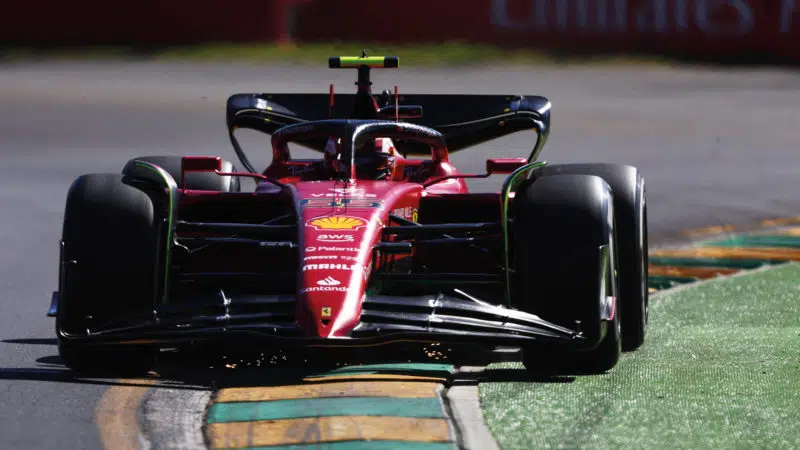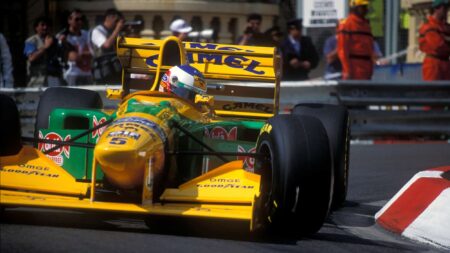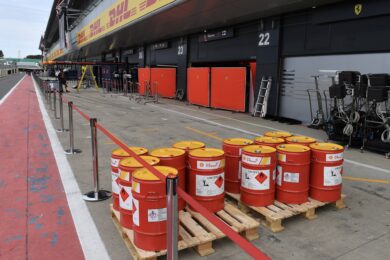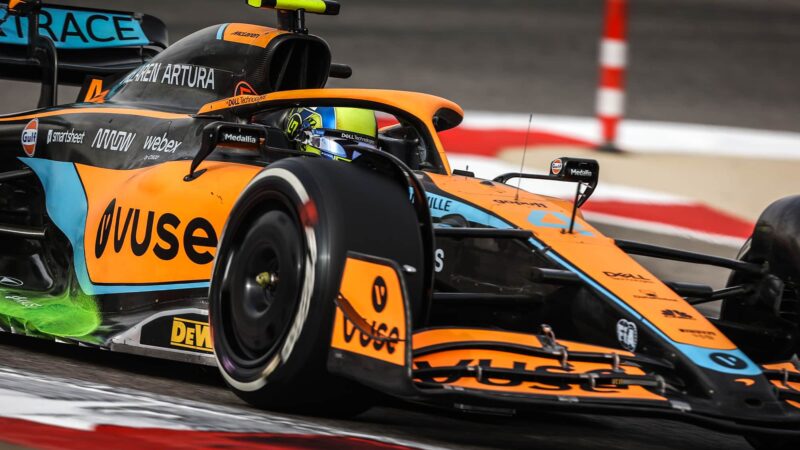“It’s active aero – absolutely,” said Symonds when asked how the low drag targets – and therefore greater fuel efficiency – could be achieved. “You can’t just reduce drag to cut fuel consumption because the car won’t go round corners.
“So it’s all about active aero – having two modes to the car effectively. So rather different to DRS, there’s a mode where the car has high downforce and consequently high drag when it’s in the corner, and a mode where it has low drag when it’s on the straight and consequently low downforce.
“That’s a simplistic view [and] there are variations to that, but that’s essentially the real basis of what active aero for future F1 is about.”
Symonds also expanded on an area which has seen increasing criticism from both fans and drivers in recent years, but which F1 and the FIA is working to change.
“One of the things we want to do is make the cars a little smaller because they’ve grown massively over the last few years,” he revealed. “We’ve put a limitation on wheelbase for the 2022 car, which in my view was was generous. My 2014 Williams was actually shorter than the current regulations require, so it can be done [though] it needs a little bit thinking about. Our aim is to make quite a significant [further] reduction in wheelbase [in 2026].”
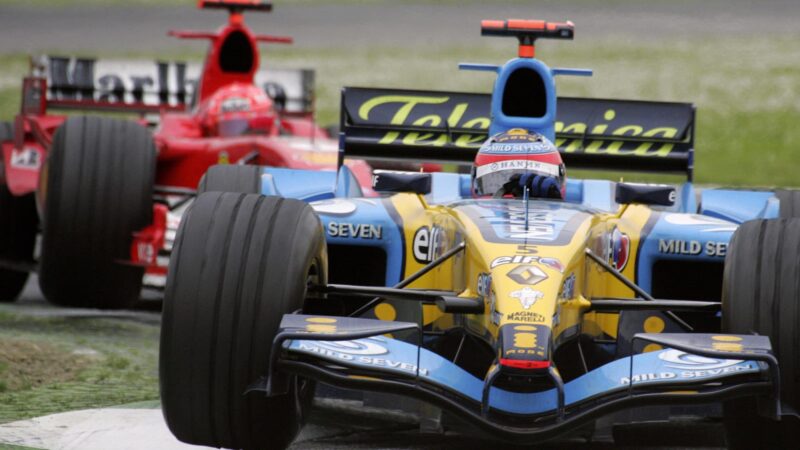
The FIA aims to reduce the weight of F1 cars in a bid to both make them more efficient and exciting to watch
Damien Meyer/AFP via Getty Images
Symonds highlighted an approach which could reduce the 2026 cars’ size, linking this to the 2026 engines and aero package.
“The fuel carry for the race will be less, so that also helps by taking some volume of the fuel tank away,” he says. “The amount of hybridisation is increasing – the power of the internal combustion engine is going down and the power of the electrical machines is going up, so immediately you are using less fuel.
“Most significant though is the drag reduction, because that’s where the majority of the power is going i.e. dragging cars through the air.
